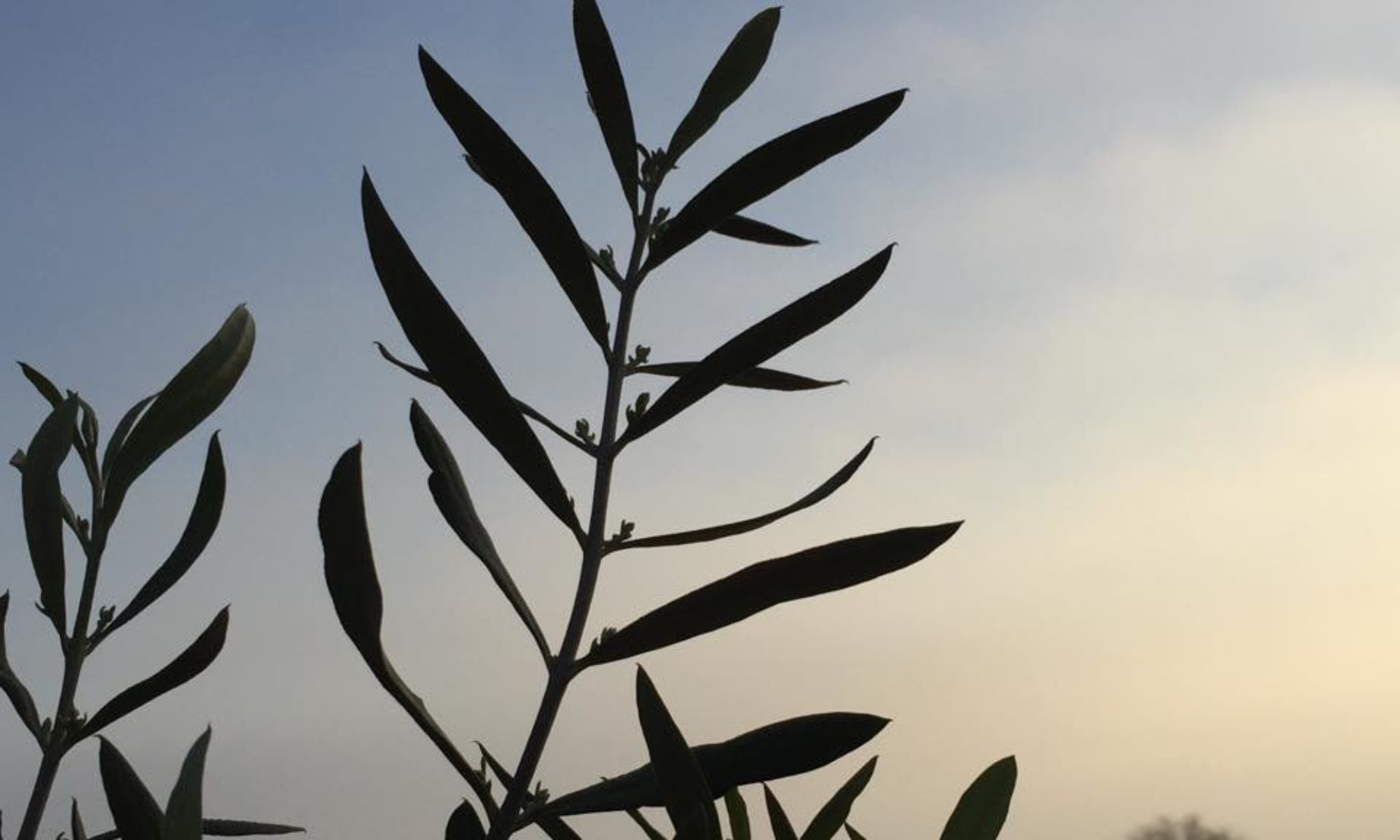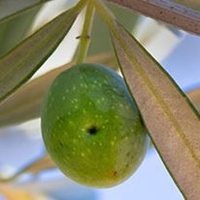During this time of year, we are well into our olive fly prevention program, to avoid damage such as on this olive.
The olive fruit fly poses a serious threat for all olive growers. The first damage sign is a "sting" where the female lays the egg. This looks like a small indentation or lump on the surface of the fruit. Sometimes there
is discoloration. While feeding, the larvae tunnel through the fruit, destroying the pulp and cause oxidative and microbial breakdown which will rot the fruit and greatly lower the quality of the oil. The greatest damage usually occurs as the fruit begins to soften and turn color, from September to November (close to harvest time).
The olive fly can be monitored with McPhail, Olipe or Yellow Sticky Traps. When it comes to controlling the olive fly, being vigilant & consistant is critical. We use GF-120 (Naturalyte), which is an organically acceptable method and presently the the only insecticide bait registered in California containing spinosad. Spinosad is a fermentation by-product from the actinomycete bacteria called Saccharopolyspora Spinosa. The bait is a formulation of hydrolyzed protein.
Depending on the extent of the fly numbers and environmental conditions, we apply to every other tree every 2 to 3 weeks.

